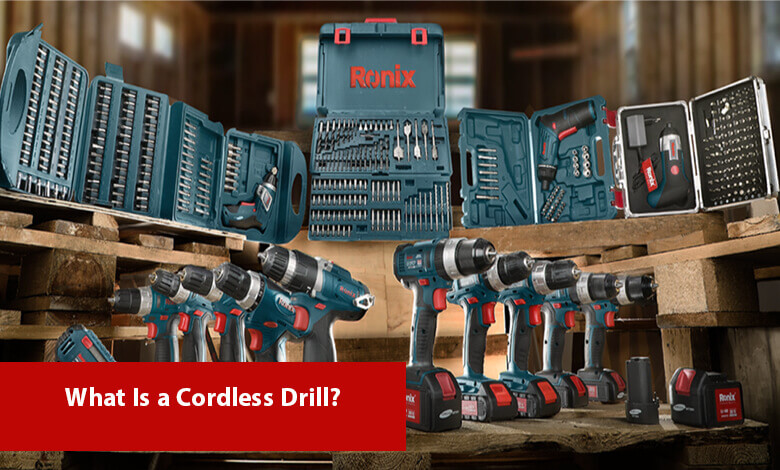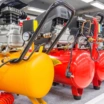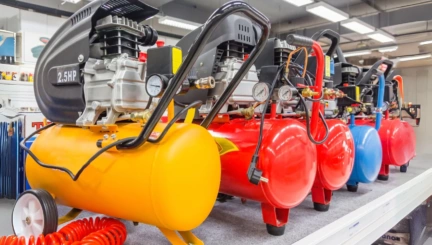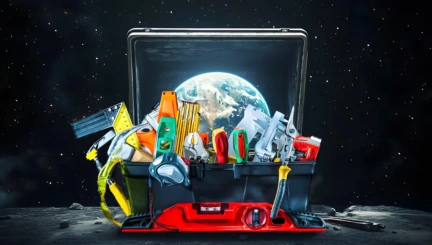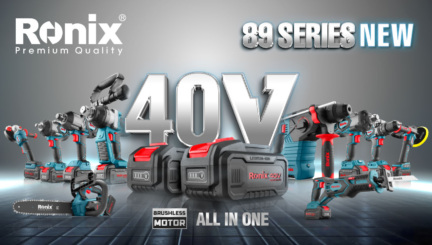- 9min
- 6689
- 0
Homo sapiens learned the advantages of using rotary tools like cordless drills around 35,000 BC. A simplified example of this would have involved spinning a pointed rock between the palms to bore a hole into another material. This led to the development of the hand drill, a smooth stick with a flint point that was rubbed between the palms.
Many ancient civilizations across the world, notably the Mayans, employed this. The Upper Paleolithic era produced the first perforated items, such as bone, ivory, shells, and horns.
Bow drills (strap-drills) were the first machine drills, converting a back-and-forth action to a circular motion.
Bow drills (strap-drills) were the first machine drills, converting a back-and-forth action to a circular motion. They date back to roughly 10,000 years ago. Tying a cord around a stick and then connecting the ends of the string to the ends of a stick (a bow) allowed a user to drill faster and more efficiently. Bow drills were employed in ancient woodwork, masonry, and dentistry, and were primarily utilized to ignite fire. Archaeologists uncovered a Neolithic graveyard at Mehrgarh, Pakistan, dating from the Harappan period, roughly 7,500–9,000 years old, with 9 adult bodies and 11 drilled teeth.
In a tomb near Thebes, hieroglyphs portray Egyptian carpenters and bead craftsmen using bow-drills. These tools were first used in Egypt around 2500 BCE, according to archaeological data. Bow drills were widely utilized in ancient times throughout Europe, Africa, Asia, and North America, and they are still used today.
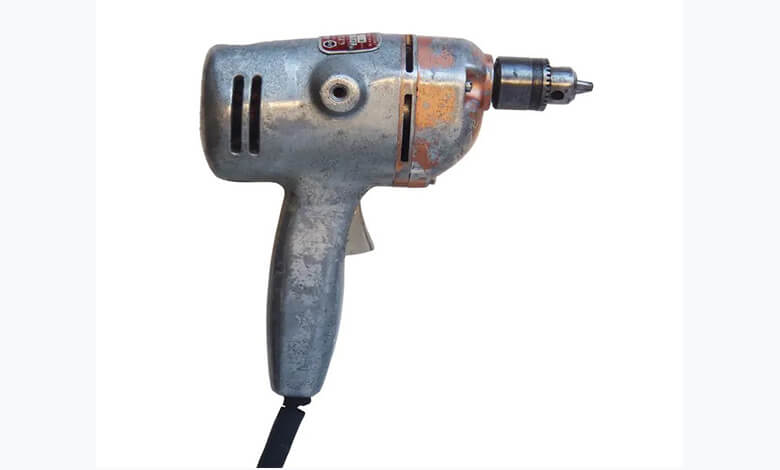
Many small types of bow and strap drills have emerged over time for varied applications such as boring into materials or lighting fires. By 3000 BC, the core drill had been invented in ancient Egypt. During the Roman era, the pump drill was created. To maintain precision and motion, it comprises of a vertical spindle aligned by a horizontal piece of wood and a flywheel.
Related Product🛠
The hollow-borer tip was initially employed in the 13th century and consisted of a stick with a tubular-shaped piece of metal, such as copper, on the end. This allowed for the drilling of a hole while simply grinding the exterior part. This totally isolates the inner stone or wood from the rest of the material, allowing the drill to pulverize less material in order to make a hole of comparable size. While the pump-drill and bow-drill were used to bore smaller holes in Western Civilization for most of human history, the Auger was first employed to drill bigger holes between the Roman and Medieval eras.
For bigger holes, the auger allowed for additional torque. Churn drills were created in the East as early as 221 BC under the Chinese Qin Dynasty, and could reach a depth of 1500 meters. Churn drills of ancient China were made of wood and required a lot of effort, yet they could drill through solid rock. During the 12th century, the churn drill first appeared in Europe.
📌 Isaac Singer is said to have created a steam-powered churn drill based on the Chinese technology around 1835. Early drill presses are also worth mentioning; these were machine tools that were evolved from bow drills but were driven by windmills or water wheels. Drill presses were motorized drills that could be lifted or lowered into a material to allow the operator to utilize less effort.
The invention of Electric Drills & Cordless Drills
The electric drill was made as a result of the next significant leap in drilling technology, the electric motor. The electric drill was invented in 1889 by Arthur James Arnot and William Blanch Brain of Melbourne, Australia.
Wilhem and Carl Fein of Stuttgart, Germany, invented the first portable handheld drill in 1895. Black & Decker invented the first trigger-switch, pistol-grip portable drill in 1917. This marked the beginning of the modern drilling era. Electric drills have been developed in a range of sorts and sizes throughout the last century for a number of applications.
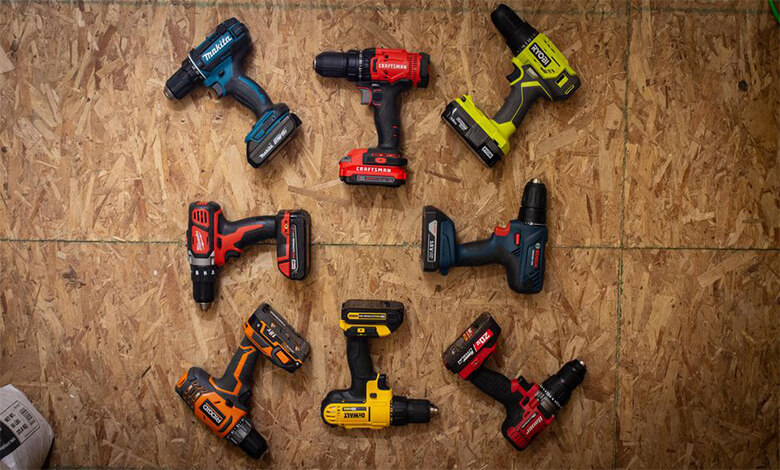
Who Invented the First Cordless Drill?
Almost all modern cordless drills are descended from S. Duncan Black and Alonzo Decker’s 1917 patent for a portable hand-held drill, which sparked the modern power tool industry’s expansion. The firm they co-founded, Black & Decker, became a world leader as the partners continued to innovate, including the first line of power tools designed for home consumers.
As 23-year-old workers of the Rowland Telegraph Co., Black, a draftsman, and Decker, a tool and die manufacturer, met in 1906. Four years later, Black sold his automobile for $600 and founded a small machine shop in Baltimore with an equivalent amount from Decker. The new company’s initial focus was on enhancing and producing other people’s innovations. They intended to manufacture and produce their own products after becoming successful, and their first was a portable air compressor for car owners to fill their tires.
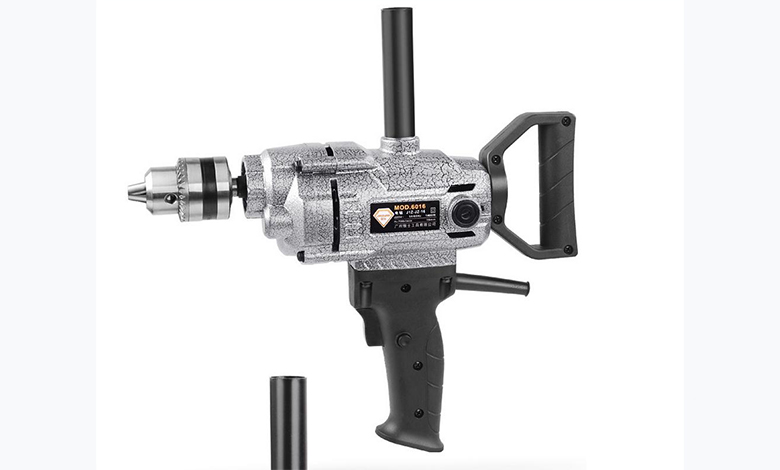
While considering the purchase of a Colt.45 automatic handgun, Black and Decker realized that several of its capabilities could benefit the cordless drills. In 1914, they invented a pistol grip and trigger switch that allowed single-handed power control, and in 1916, they began mass-producing their drill.
🔰 In Towson, Maryland, the business established a 12,000-square-foot manufacturing factory in 1917. By 1920, Black & Decker had topped $1 million in yearly sales and had offices in eight different cities across the United States, as well as a plant in Canada.
Decker earned 41 patents despite having no formal schooling above seventh grade. For many years, the Black & Decker Company was a family enterprise. From the company’s establishment in 1910 until 1978, a Black or a Decker had a direct leadership position as president, CEO, or board chair. Stanley Black & Decker was formed in 2010 when Black & Decker and Stanley Works joined to become Stanley Black & Decker.
Four Common Cordless Drills Found in Hardware Stores
Drill/Driver: A drill/driver is a tool that is used to drill a hole or drive a screw into materials such as wood, metal, and plastic.
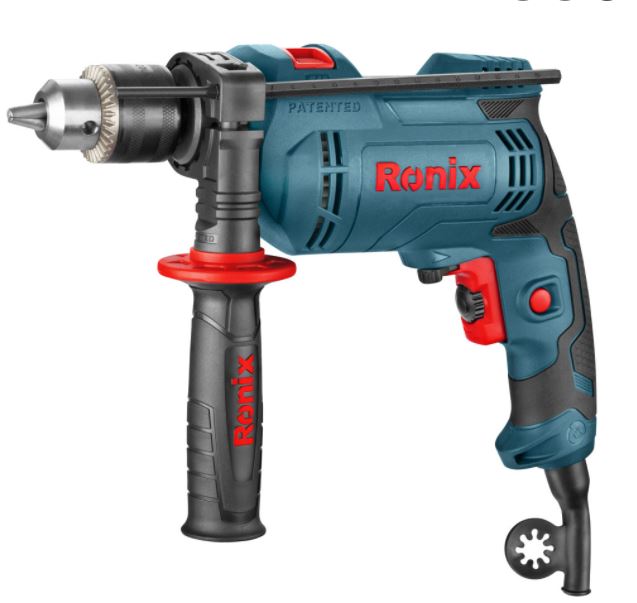
Hammer Drill: This drill has many of the same functions as the drill described above, but it also has a hammer mode that allows it to drill into harder materials like concrete and brick. The drill does this by pounding the drill bit in and out of the hole, similar to how a jackhammer works.
Rotary Hammers: A hammer drill that is either professional-grade or heavy-duty.
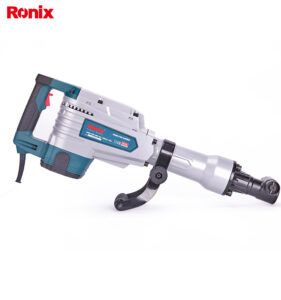
Impact Drivers: This drill has a specific purpose in that it is only used to drive screws or loosen bolts.
Tips to Consider When Using Cordless Drills
Before starting any work activity, read the operator’s instruction manual and examine the cordless drills for damage, just as you would with any other hand tool or piece of equipment. Also, conduct a risk assessment. Keep the following safety considerations in mind:
• Protect your eyes by wearing sunglasses (safety glasses or goggles)
• Remove hanging jewelry, tuck up loose clothes, and tie back long hair.
• When tightening the chuck jaws, make sure the drill bit is positioned accurately, and remove the chuck key before operating the drill.
What Is the Difference in Turning Speed and Torque?
Before starting any work activity, read the operator’s instruction manual and examine the cordless drills for damage, just as you would with any other hand tool or piece of equipment. Also, conduct a risk assessment. Keep the following safety considerations in mind:
- Protect your eyes by wearing sunglasses (safety glasses or goggles)
- Remove hanging jewelry, tuck up loose clothes, and tie back long hair.
- When tightening the chuck jaws, make sure the drill bit is positioned accurately, and remove the chuck key before operating the drill.
- Keep fingers away from the revolving drill bit by clamping down small work components to prevent movement.
- Do not use cordless drills near flammable liquid containers that are open.
- When using cordless drills in wet circumstances, make sure the cordless drill is water proof.
- When carrying cordless drills, keep your finger off the trigger switch.
- Allow the drill to do the work; don’t apply too much pressure to the drill bit (especially with small diameter bits), and change a dull bit while the drill is turned off following a cool-down phase
- If cordless drills have an auxiliary handle, hold it firmly in both hands and avoid drilling over shoulder height.
- Follow the recharging instructions for cordless drills, using the specified charger and the proper replacement battery.
Maintain excellent housekeeping and avoid clutter.
FAQ❓
What to consider most when buying a cordless drill?
The most important thing to consider is the battery.
Is a cordless drill better than a corded one?
Cordless drills are more convenient and they give you more mobility.
What is a cordless drill?
It’s a drill which is powered by a battery pack or a battery.
Conclusion 🧾
Cordless drills are convenient and simple to use. These are a great portable alternative because they don’t require a power outlet and run on battery power. This blog was meant to be a brief introduction to cordless drills and their usage. If you have any questions, I do recommend you to comment your opinion below and check other cordless drill articles in depth on our website.

Ronix
13 December 2021
